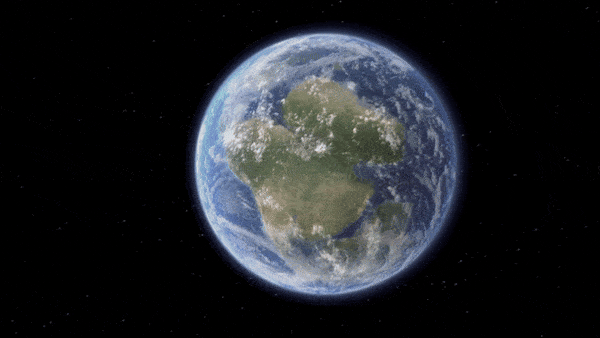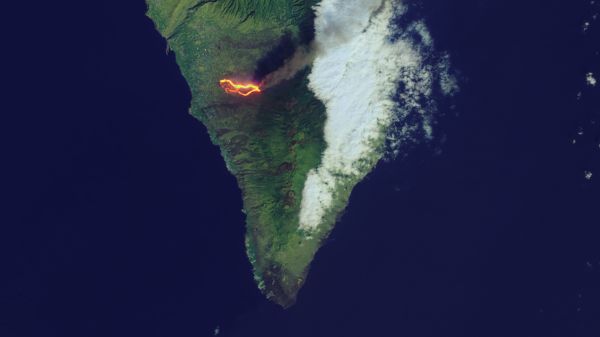When you buy through links on our web site , we may earn an affiliate commission . Here ’s how it works .
When some of the Earth ’s continents rip aside one thousand thousand of years ago , the break - up trigger monumental volcanic eruptions ; but when others tore aside , there were no keep company eruption . New inquiry explains why some rifts trigger volcanoes and others do n’t .
Scientists had thought that volcanoes always break through along the rifts that form when theEarth ’s photographic plate break off apart , such as when the present - day continent of North America break asunder from what is now Europe , 54 million days ago .

But that ’s not always the case , it turns out . small volcanic activity occurred 63 million years ago when the present - day sub - continent of India broke off from what is now the Seychelles , a tiny island 932 mi ( 1,500 km ) due east of Africa , the novel field of study suggests .
Here is what ’s happen beneath the aerofoil :
After America and Europe split , volcanoes burst out along the break because of a previous thinning of the plate in the arena . This gave the mantle a smirch underneath the dental plate to apace dissolve . The melted mantle then imprint magma that erupted easy through the thinned plate and onto the control surface .

When India broke out from the Seychelles , however , little volcanic activity occurred along the North Indian Ocean base , because volcanic eruptions in a neighboring area called the Gop Rift some six million year sooner exhausted the supply of magma and cooled the mantle . When the plate broke , little magma was left to erupt .
The subject area scientists survey the rock below the North Indian Ocean story — where India broke aside from the Seychelles — and found only small sum of money of basalt rock , an index number of other volcanic activity . reckoner simulations of event before the India - Seychelles rip sustain their theory .
" Mass extinctions , the formation of young Continent and globular climate change are some of the effects that can happen when plates split up asunder and cause tiptop volcanic eruptions , " said study co - source Jenny Collier of Imperial College London . " Excitingly , our bailiwick is helping us to see more clearly some of the factor that make the event that have avail to shape the Earth over trillion of years . "

The study is detailed in the June 17 edition of the journal Nature .
This article was provided by OurAmazingPlanet , a sister site to LiveScience .
















